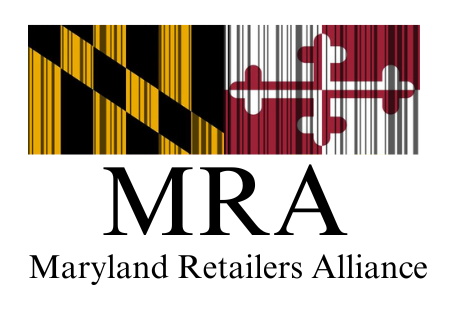How SNAP changes could impact grocers
As excerpted from Grocery Dive:
Grocers are facing a bevy of incoming SNAP changes from the spending and tax bill President Donald Trump signed into law earlier this month and from a handful of states that recently received permission to make select items like candy and soda ineligible for SNAP spending.
The One Big Beautiful Bill Act that Trump signed includes $186 billion in SNAP cuts over 10 years, said Stephanie Johnson, group vice president of government relations and political affairs at the National Grocers Association. That cut is mainly tied to altered eligibility requirements that are projected to reduce the number of consumers who can use the food assistance program, Johnson said.
Some of the major changes to SNAP in the tax bill include:
- Expanding SNAP eligibility work requirements to include parents with children ages 14 and older and people under age 65 (up from 55).
- Limiting SNAP eligibility to U.S. citizens and lawful permanent residents and excluding certain immigrant groups like refugees and people seeking asylum.
- Eliminating the National Education and Obesity Prevention Grant program, known as SNAP-Ed.
- Requiring cost neutrality for the Thrifty Food Plan, which the USDA uses to determine SNAP benefit amounts.
- Requiring states starting in fiscal year 2027 to pay 75% of SNAP administration costs instead of splitting with the federal government.
- Requiring states starting in fiscal 2028 to pay for SNAP benefits depending on their “error rate.”
---
The “wild card” facing grocers is how states’ error rates and the shifting costs of SNAP funding may affect grocers, Johnson said. States with error rates at or above 6% will be required to pay a portion of the benefit costs, ranging from 5% to 15%, depending on the error rate. Over the last 20 years, every state except South Dakota has had an error rate above 6% for at least one year, according to the Center on Budget and Policy Priorities.
“This is going to be hard to tell what the impact will be there,” Johnson said. “It will be dependent on the state’s error rates, their budget and other variables.”
While states don’t have the authority to reduce the benefit amount that participants receive each month, they do have the flexibility to remove participants through policy changes, Johnson said. That is more likely to happen in states with higher error rates that have trouble squaring the costs of the SNAP program within their state budgets. Maryland is a state with an error rate “that is on the higher side,” said Cailey Locklair, president of the Maryland Retailers Alliance.




